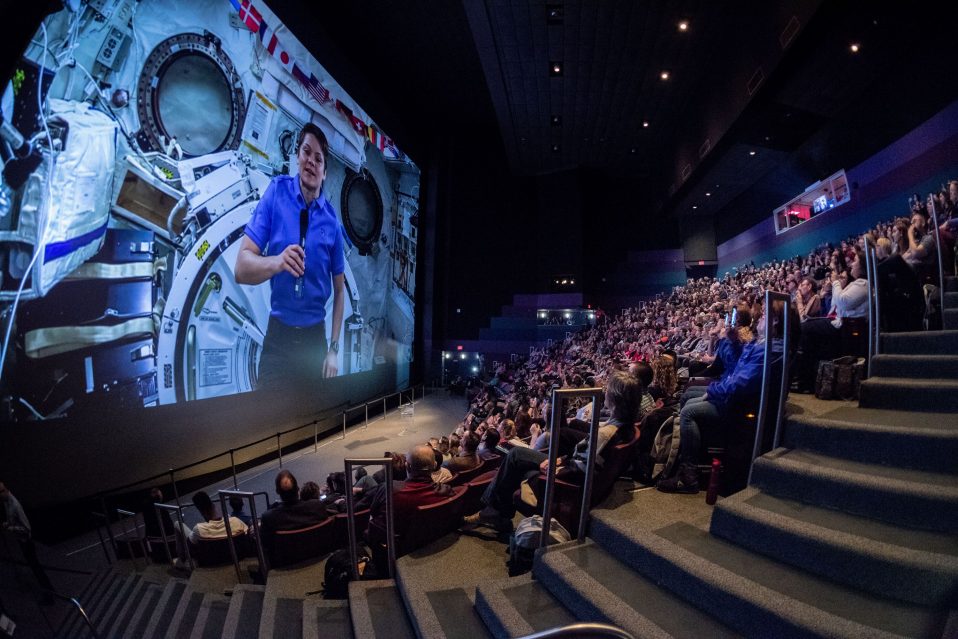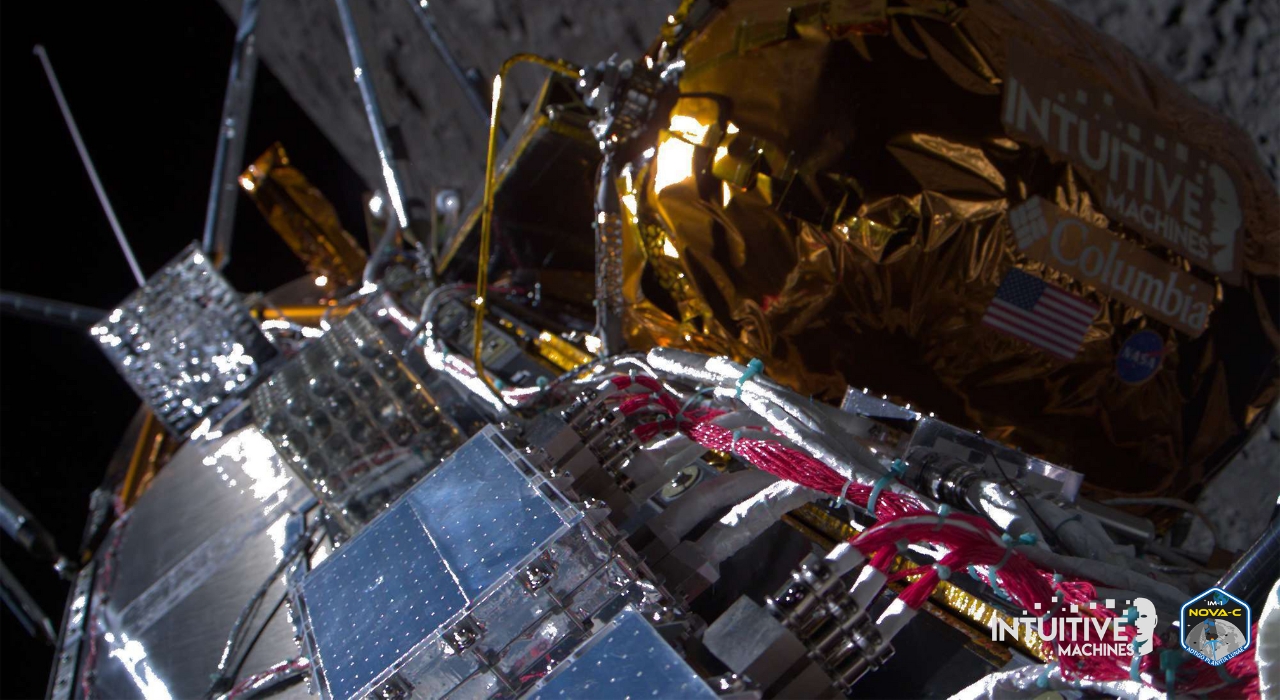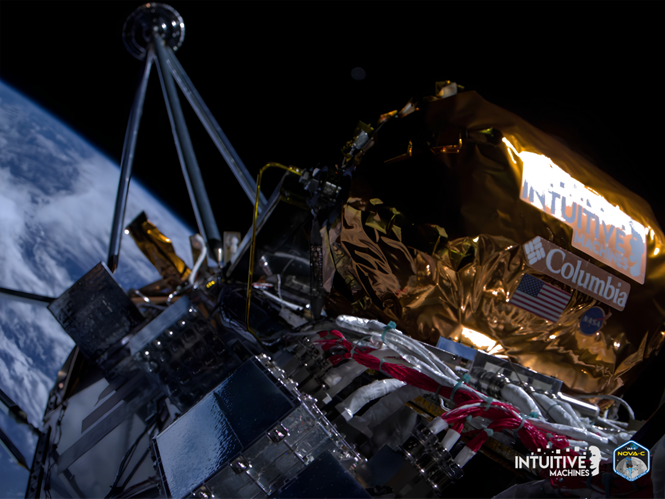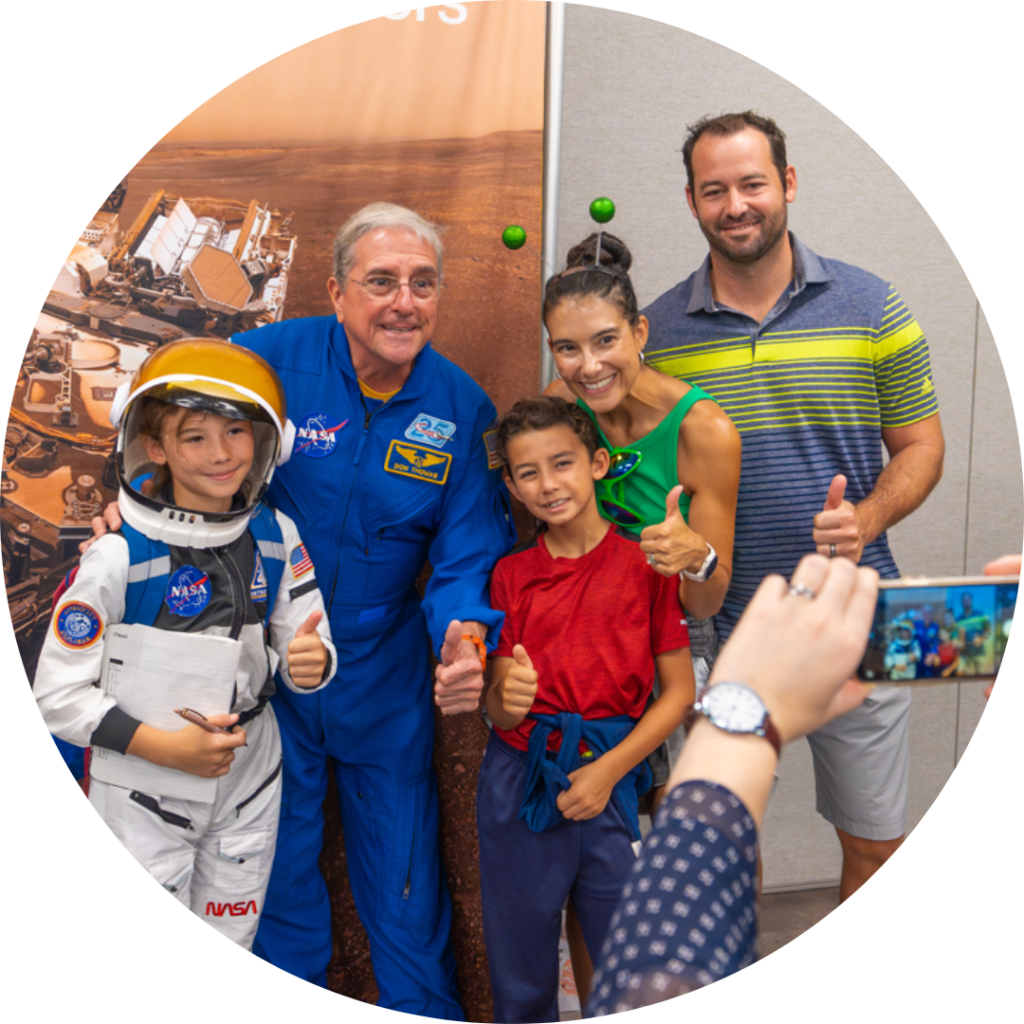
This month marked a crew rotation on the International Space Station! On October 14, along with two Russian cosmonauts, NASA astronaut Kate Rubins arrived aboard the ISS. As the ISS approaches the 20th anniversary of continuous human presence, astronauts continue to test technologies, perform science, and develop the skills needed to explore farther from Earth aboard the orbiting laboratory.

A medical researcher, Rubins became the first person to sequence DNA in space on her first spaceflight in 2016. During this six-month mission, Rubins, commander Sergey Ryzhikov and cosmonaut Sergey Kud-Sverchkov will conduct research in technology development, Earth science, biology, human research, and more–all of which contributes to improvements for life on Earth. A priority is learning more about microgravity, so NASA can prepare for long-duration missions to the Moon and Mars.
Shortly after this crew arrived, on October 21, NASA astronaut Chris Cassidy concluded his service as commander of Expedition 63, and Expedition 64 officially began with Ryzhikov as commander. Cassidy returned from his third space mission with Roscosmos cosmonauts Ivan Vagner and Anatoly Ivanishin.

Expedition 63 was Cassidy’s third mission. He completed four spacewalks, bringing his total spacewalks to 10. Only four other astronauts have achieved this. He has also now spent 378 days in space.
While on the ISS, Cassidy contributed to hundreds of experiments, including a study of the influence of gravity on electrolytic gas evolution, which looks at bubbles created using electrolysis. Ultimately, this research could improve things such as medicine delivery through small, bandage-like skin patches.
Cassidy also got to work with Astrobee, cube-shaped, free-flying robots that may one day assist astronauts with routine duties.

In one week, it will be the official anniversary of 20 years of continuous human habitation on the International Space Station! From research to international collaboration, the ISS is an important hallmark of human achievement. Have a look back at the past 20 years on the ISS in this photo gallery.







